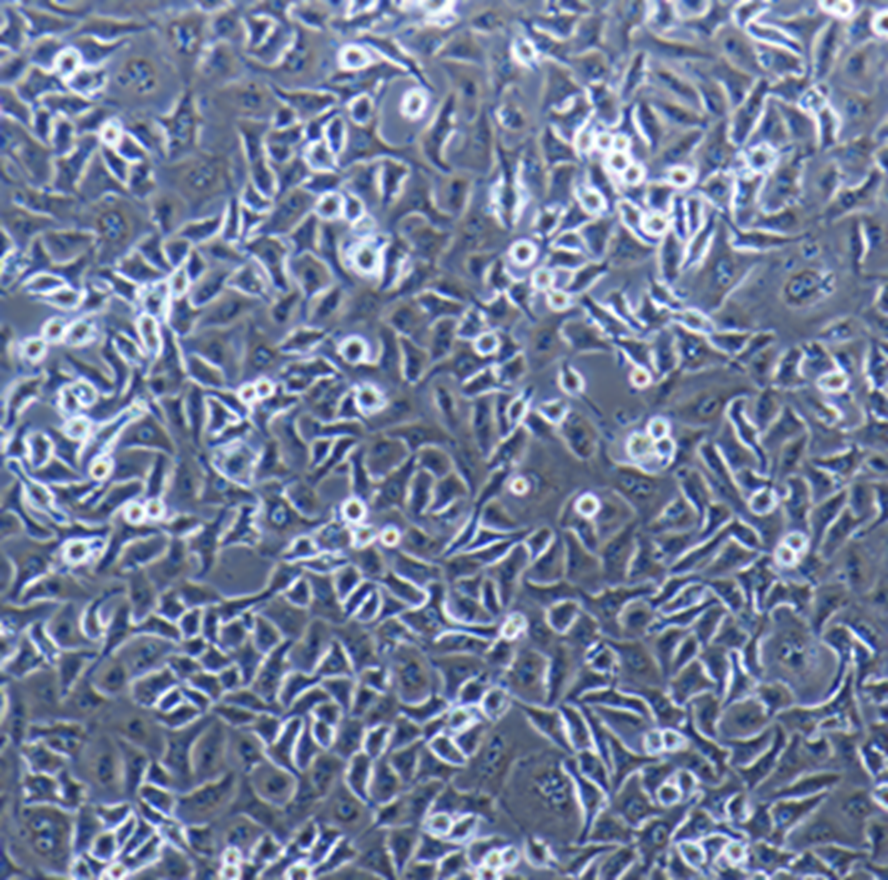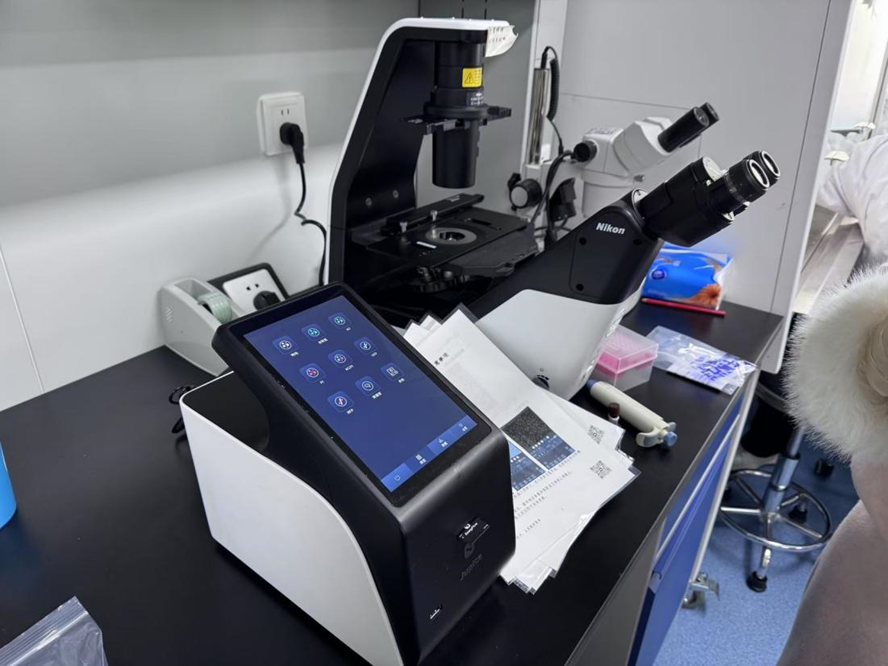Newton's Footprint: Entering the Chinese Academy of Medical Sciences, assisting with Jurkat cell transfection!
Release time:
2025-04-10
Source:
Newtonian optics
Unveiling the Chinese Academy of Medical Sciences' analytical tool! Cell counting in 10 seconds!
Newtonian Optics
Intelligent Imaging, One Step in Place!

Institute of Laboratory Animal Sciences, Chinese Academy of Medical Sciences
01 Institute Introduction
The Institute of Laboratory Animal Sciences, Chinese Academy of Medical Sciences was established in 1980 year, and is one of the specialized research institutes of the Chinese Academy of Medical Sciences. The institute is a professional research institute engaged in experimental animal science and comparative medicine research and teaching. It is the only research unit in China that integrates the creation, preservation, and supply of experimental animal and disease animal model resources, comparative medicine technology research, and experimental animal technology training. It is a national-level experimental animal technology platform for infectious disease and new drug creation research, and the Ministry of Health's Key Laboratory of Comparative Medicine for Human Diseases. The institute has passed national laboratory accreditation.
The institute's mission is to provide experimental animal resources, human disease model resources, comparative medicine analysis, evaluation technology services, and personnel training for biomedical research, and to achieve support for experimental animal resources, technology, information exchange, and personnel.

02 Research Background
Jurkat cells are a special cell line, a type of human acute T lymphocytic leukemia cell line. In biological research, Jurkat cells are widely used for their rapid proliferation ability and ease of culture. They grow faster under suspension culture conditions and are cultured using culture medium. Under microscopic observation, normal Jurkat cells exhibit a round and bright morphology, similar to fish eggs.

Jurkat cells have a wide range of applications in biological research, especially in immunology and cancer biology. They can be used to study human T cell immune function, including T cell activation, differentiation, and induction of cell death, etc. In addition, Jurkat cells can also be used to study intracellular signaling pathways, such as T cell receptor signaling, cell cycle regulation, etc. In drug effect research, Jurkat cells, as a leukemia cell line, can be used to study the occurrence, metastasis, and treatment of cancer.
High-efficiency and precise cell analysis solution
Culture Jurkat cells, some key points need to be noted. First, Jurkat cells are suspension-cultured cells, and ideally should grow in uniform clumps. They have strong density dependence, and the suitable culture density is 4~8×10^5/mL ,If the cell density exceeds 1.0×10^6/mL ,then subculturing is needed. In addition, Jurkat cells are sensitive to mechanical force, so violent blowing should be avoided during operation to prevent cell differentiation and an increase in the number of dead cells. During this process, cell debris is easily produced, leading to an increase in cell density, which causes great difficulties in counting for researchers.
Newtonian Optics Jupita When analyzing lymphocytes, the fluorescence cell analyzer can identify and distinguish individual cells and cell clusters through high-precision imaging counting and excellent algorithms. Compared with single-sample analysis using a hemocytometer, Jupita fluorescence counting only takes less than 10 seconds to easily complete the sample analysis, significantly improving experimental efficiency.
For low-concentration cell counting, Jupita multi-field analysis is used, with a larger sampling area, effectively improving accuracy and repeatability, ensuring that the counting results are stable and reliable.


Newton Optics is honored to contribute to the research of the Institute of Laboratory Animal Sciences. Newton Optics aims to provide broader researchers with higher quality and more convenient experimental solutions!
Product Overview

Jupita is a fully automated fluorescence cell analyzer launched by Newton Optics. Based on image detection, combined with multiple fluorescence channels, it collects cell information in the image to perform quantitative analysis of cell samples. Jupita Supports maximum optional 4 excitation lights and 2 emission light channels, compatible with various commonly used fluorescent analysis dyes.
END
Key words:
Recommended News

National Advisory Service Hotline
Sales consultation: +86 15322248165(Whatsapp/Wechat)
E-mail:global@newtonoptic.com
R & D Center: Room 301, Floor 1, Building 1, No.38 Gaopu Road, Tianhe District, Guangzhou City, Guangdong Province

Follow Wechat Official Account
©2024 Guangzhou Newtonoptic Research Institute Co., Ltd. All rights reserved


